
Settling down to make a living
Cho Moi Commune was established on the basis of merging Dong Tam town, Quang Chu commune and Nhu Co commune (old Bac Kan ) with a total natural area of 118.98 km² and a population of more than 14,000 people. Located in the midland area of northern Thai Nguyen, with low mountainous terrain interspersed with small plains, the commune has favorable natural conditions for agricultural and forestry development. However, like many other highland communes, Cho Moi still faces significant challenges in the goal of building new rural areas and sustainable poverty reduction under the National Target Program. According to statistics, after the merger, Cho Moi still has many poor and near-poor households, mainly Tay ethnic minorities living in remote villages. Life depends on traditional slash-and-burn farming, unstable income... is the common picture of many families here.
Realizing this situation, the Cho Moi commune government has determined to synchronously implement poverty reduction projects and sub-projects, such as: Developing vocational education in poor and disadvantaged areas; Diversifying livelihoods, developing poverty reduction models; Supporting sustainable employment; Communication on multidimensional poverty reduction... According to Deputy Head of the Party Building Committee Duong Quan Yen, thanks to the serious implementation of projects and models to create livelihoods along with policies to support production development and preferential loans, the poverty rate of the commune has decreased significantly. Specifically, from 401 poor households in 2021, it decreased to 272 households in 2024, an average decrease of 1.42% per year. This is a clear result of the synchronous efforts between the government and the people.
Housing support is one of the projects of the National Target Program on Sustainable Poverty Reduction, with a total capital of 30.39 billion VND for the whole province in the period of 2021-2025. In Cho Moi, poor households are supported to ensure safety against natural disasters with a price of 30 million VND for repairs and 60 million VND for new housing construction.
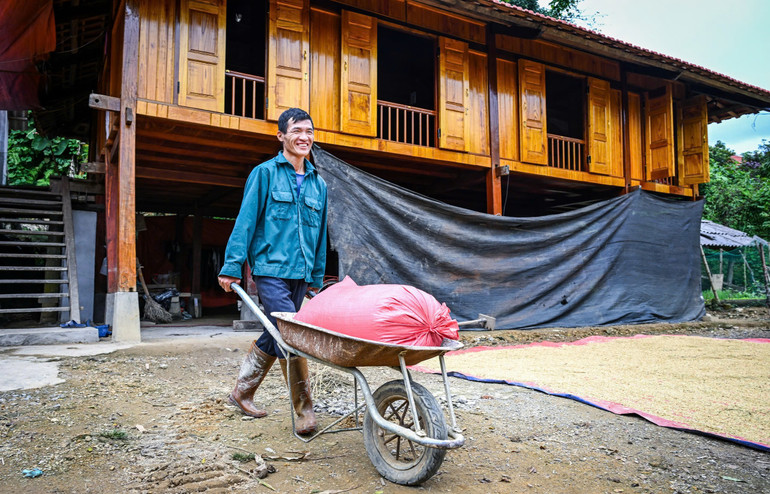
Following Ms. Ha Thi Vien - a commune economic specialist, we left the commune center and traveled more than 20 km of winding mountain passes. The road was far but was paved with smooth asphalt winding through the lush green forest. Our destination was Na Luong village, one of the particularly difficult areas of the commune. However, when we arrived, the first feeling was one of surprise with many newly painted golden stilt houses appearing brightly in the middle of the mountains and forests. With a gentle smile, Mr. Hoang Van Minh - the owner of a spacious new house - shared: "I am very excited! The house was just completed in May, now there is no need to worry about rain and wind anymore."
This year, he is 44 years old, and together with his wife, he grows rice and tea like many other people here. He confided: "If there were no project to support house construction and repair, I don't know when my wife and I would have our dream house." His voice was full of pride as he led us to visit every corner of the traditional 4-room house of the Tay people - not only a home, but also a symbol of change and hope in the Na Luong highlands. He said: "My family was supported with 30 million VND to repair the house, the rest was borrowed from the bank under preferential policies and paid in installments each month. Thanks to that, we were able to complete this house."
His and his wife's life mainly depends on growing rice and raising chickens, mostly for daily living. But since last year, a new opportunity has opened up when he was registered to participate in the Project to support the development of community production of grafted chestnut trees, under the National Target Program for Sustainable Poverty Reduction of the commune. With eyes shining with confidence, he said: "I borrowed money and registered to plant 50 trees on about 2,000 m2 , hoping that this model will help my family have more income, reduce difficulties, have capital to reinvest, pay the bank and take care of the children".
Hope sprouts from the chestnut tree
It is known that the model of planting grafted chestnut trees has existed for many years and has brought good economic efficiency, but not every household has the conditions to plant them. The family of Mr. Hoang Van Nam (73 years old) is a typical example as the first household to boldly participate in the model. Previously, only growing corn and cassava on the hill had low economic efficiency, his family was always near-poor. But about 10 years ago, with support for seeds and techniques from the Production Development Project, he boldly switched to growing chestnuts. "At first, I was very worried, because chestnut trees require a long investment and we did not know what the output would be. But with the guidance of the staff on planting and care techniques, and being connected to many sources to consume the products, my family felt secure," Mr. Nam shared.

With a thin figure and white hair, despite his old age, Mr. Nam still believes in the youth of his children and grandchildren and the long-term effectiveness of this model: "Unlike the method of planting seeds which takes 6-8 years to harvest, grafted chestnut trees will yield a harvest after 2-3 years if well cared for and can be continuously exploited for about 20 years. Recently, I had to cut down 2 trees because of too much mistletoe, now there are about 10 trees left. After harvesting, I sell them to people for around 50,000 VND/1kg. This year, I only got a few dozen kg, I sold them all, as much as I got, people bought so much that there wasn't enough to sell."
According to Ms. Ha Thi Vien, chestnut trees can adapt to many different types of soil: hilly land, hillside, upland, old fields... and with fertile soil and cool climate, Na Luong village is very suitable for the growth and development of grafted chestnut trees. This tree variety is imported from Ngan Son commune (Ngan Son district, old Bac Kan), a place famous for its delicious chestnut quality and high yield. Choose healthy trees without pests and diseases, you can plant seedlings from seeds or plant rootstocks with pots or bare roots, remove the sprouts growing below the grafted eyes because they are sprouts of wild trees. In addition to steaming and roasting to eat, chestnuts can be processed into: chestnut honey, wine, juice, cookies... Therefore, chestnuts are very popular here and in the surrounding areas, as much as is harvested is consumed.
Thanks to that, up to now, the model of growing grafted chestnut trees for seeds has really taken shape and initially brought economic efficiency to the people. The harvest season not only helps people have a stable source of income, but also opens up a new, more sustainable direction of economic development for the highlands. In addition, households that are eligible to register to participate in this model will be supported with 50% of the price of seedlings.
"This year, the outbreak of swine fever has seriously affected the main source of income of many households. At the same time, natural disasters have developed complicatedly, causing heavy damage to agricultural production. We have paid nearly 6 billion VND in support to about 1,400 affected households, according to Decree 09 of the Government, depending on the level and area of impact. In addition to the funding provided by the province, the commune has also proactively reviewed and prepared additional proposals to promptly support people to restore production. Therefore, we really hope that the grafted chestnut tree planting model can cover the area to increase income for people," Ms. Vien shared.
With the determination of the entire political system, the efforts of the people and the support from social resources, on the journey of multidimensional poverty reduction, the grafted chestnut planting model combined with the program to eliminate temporary and dilapidated houses is contributing to changing the face of the countryside and the lives of people in the highlands of Cho Moi commune.
Source: https://nhandan.vn/khi-mai-nha-du-vung-cay-de-se-ra-hat-post923126.html



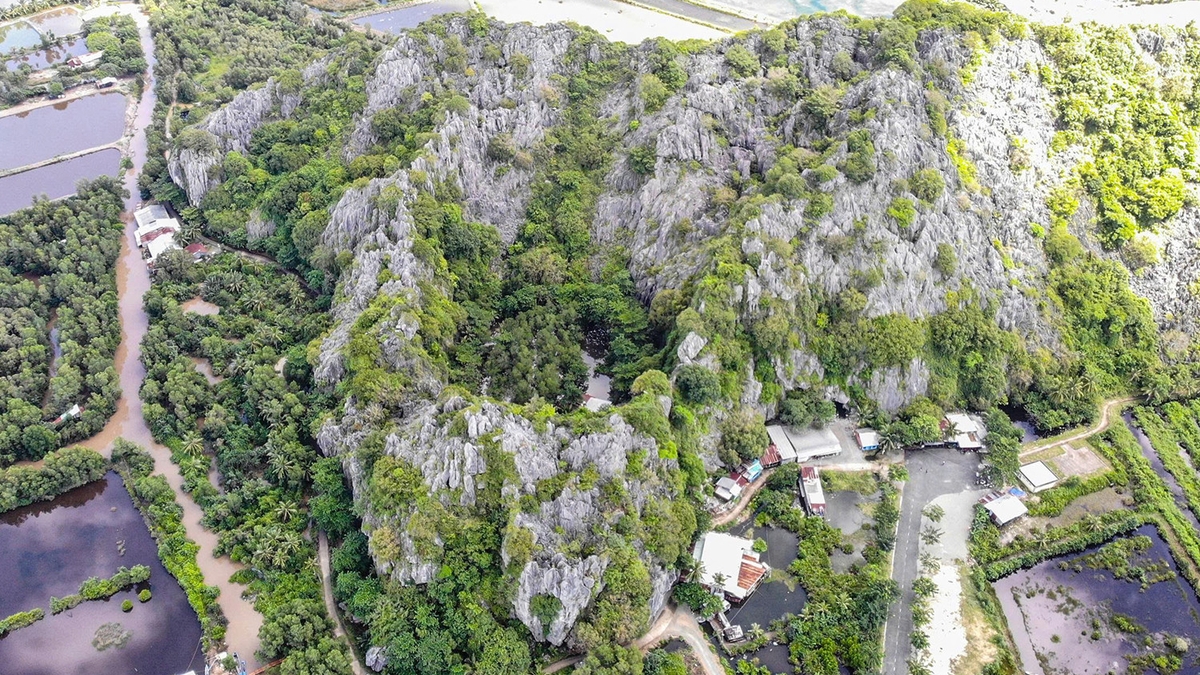




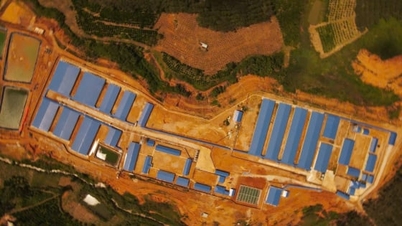


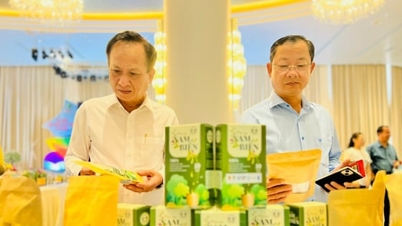


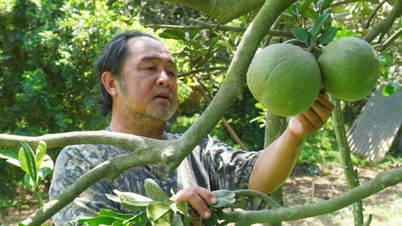




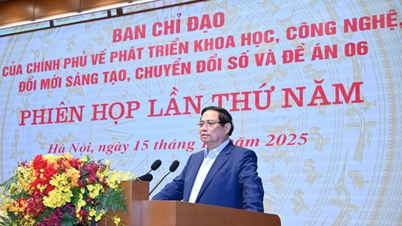






![[Photo] Unique architecture of the deepest metro station in France](https://vphoto.vietnam.vn/thumb/1200x675/vietnam/resource/IMAGE/2025/11/14/1763107592365_ga-sau-nhat-nuoc-phap-duy-1-6403-jpg.webp)













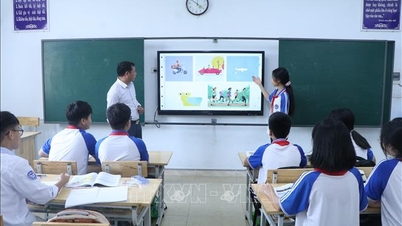

































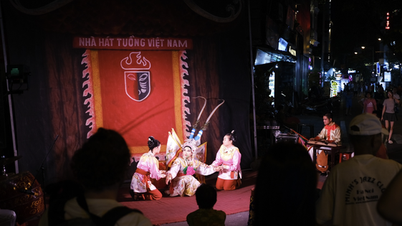









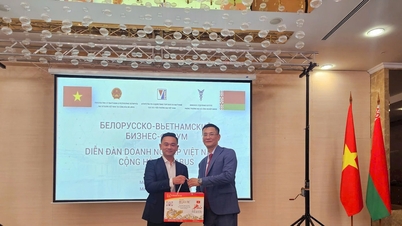


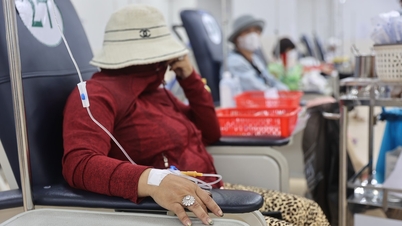














Comment (0)